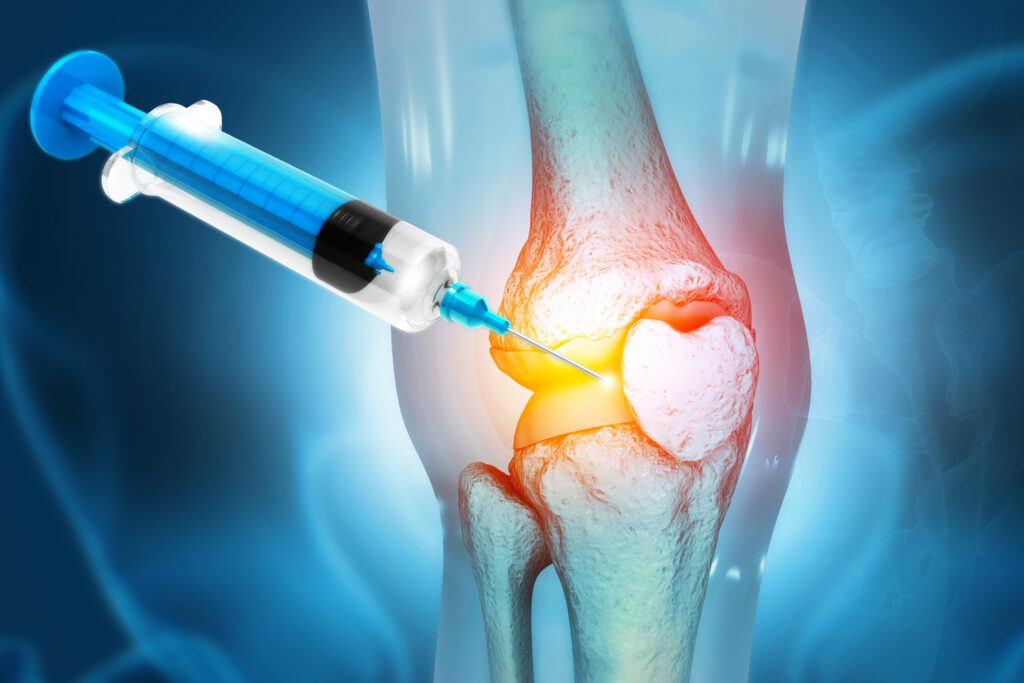Osteoarthritis (OA) is a chronic condition that affects millions of people worldwide, leading to pain, stiffness, and decreased mobility, primarily in the knee joints. Current treatment strategies predominantly focus on managing symptoms rather than addressing the underlying causes of cartilage degeneration. While nonsteroidal anti-inflammatory drugs (NSAIDs) and corticosteroids are commonly prescribed, they often come with significant side effects and are not intended for long-term use. This has led researchers to explore alternative therapies, with stem cell injections emerging as a promising option for knee joint cartilage regeneration.
In a recent review, authors Hyun Jae Lee, Rajib Hossain, Chang-Heon Baek, Choong Jae Lee, and Sun-Chul Hwang outline the general procedure for administering stem cell therapy for osteoarthritis. They emphasize the potential of intra-articular stem cell injections as a therapeutic approach for repairing damaged cartilage. The review provides a comprehensive overview of various aspects of this innovative treatment, including patient evaluation, stem cell harvesting, preparation, injection procedures, and post-injection care and monitoring.
The process begins with a thorough evaluation of the patient to ensure they are suitable candidates for stem cell therapy. This includes assessing the severity of osteoarthritis, overall health, and previous treatments. Once a patient is deemed eligible, stem cells are harvested, often from the patient’s own bone marrow or adipose tissue. This autologous approach minimizes the risk of rejection and complications associated with donor cells.
After harvesting, stem cells undergo preparation and processing to isolate the most potent cells for injection. The injection procedure itself is minimally invasive, typically performed under ultrasound guidance to ensure accurate placement of the stem cells directly into the joint space. This precision enhances the likelihood of effective cartilage repair and regeneration.
Post-injection care is crucial for optimizing outcomes. Patients are usually advised to rest and gradually increase activity while monitoring for any adverse reactions. Researchers highlight that the potential benefits of stem cell therapy include significant pain relief, reduced inflammation, and the promotion of cartilage regeneration, which may help patients avoid more invasive treatments like knee surgery.
However, the review also addresses the considerations and risks associated with stem cell therapy. While the procedure is generally considered safe, it is essential for patients to have realistic expectations and understand the current limitations of the treatment. Ongoing research and clinical trials are vital for establishing standardized protocols and assessing long-term outcomes.
In conclusion, stem cell injections for knee joint cartilage damage represent an exciting frontier in orthopedic care. This innovative approach holds the promise of not only alleviating symptoms of osteoarthritis but also fostering the repair and regeneration of damaged tissues. The collaboration among researchers, clinicians, and regulatory organizations is crucial for advancing this field, ultimately translating scientific discoveries into effective clinical applications that can improve the quality of life for patients suffering from osteoarthritis. The work of Lee, Hossain, Baek, Lee, and Hwang provides valuable insights into this emerging treatment strategy, paving the way for future developments in regenerative medicine.


